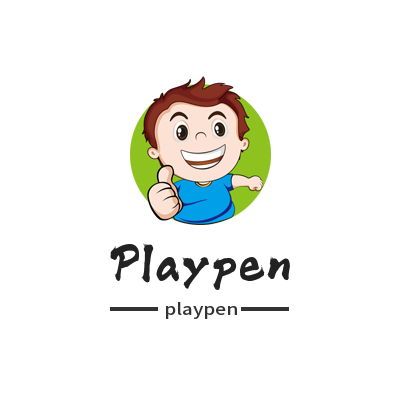The concept and design of playpens emerged to provide safety and supervision for infants, and no one specific individual can be called the creator of the playpen. Parents, caregivers and safety experts have long worked to develop and improve various types of playpens to meet the needs of babies and provide a safer environment.
The design and manufacture of playpens is an ongoing process that involves the efforts of many manufacturers, designers, and engineers. Different companies and brands, such as baby product manufacturers, furniture manufacturers, and safety equipment manufacturers, are involved in the design and manufacturing of playpens.
The history of baby playpens goes back a long time, and early playpens may have been simple wooden structures or fences used to limit the range of activities of babies. Over time, with advances in technology and an emphasis on infant safety, the design and functionality of playpens have improved and innovated.
Therefore, the development of the playpen was a collective effort and no single individual can be considered its creator. It has evolved over time through the contributions and collaboration of multiple people and organizations to provide better infant safety and supervision.

A playpen is a device designed to protect babies. It is usually used to limit the range of activities of babies and prevent them from coming into contact with dangerous areas or objects. Here is some more information about playpens:
Types and Materials: Playpens come in a variety of types and materials. Common types include foldable fences, fixed fences, and expandable fences. In terms of materials, common options include wood, plastic, metal, and fabric. Choosing the appropriate type and material depends on personal preference, safety requirements and usage environment.
Safety considerations: The design of the playpen should meet safety standards and requirements. For example, the gap of the fence should be small enough to prevent the baby's head or body from getting stuck; the structure of the fence should be stable to prevent tipping or the baby climbing over; the material of the fence should be non-toxic and not prone to sharp edges, etc. When purchasing a fence, you can look for the product’s safety certifications and standards compliance.
Installation and Use: Playpens usually require installation and set-up. Installation methods may include set screws, hold-down devices, or other fixing methods. When installing a fence, carefully follow the instructions and guidelines provided by the manufacturer to ensure that the fence is safe and secure. At the same time, supervision is required when using the fence, and the stability and safety of the fence must be checked regularly.
Portable and Storage: Some playpens are designed to be foldable and portable for easy portability and storage. Such a fence can provide convenience when used between homes or outdoors, and can be easily stored when needed.
Age and use range: The age and use range of the playpen may vary from product to product. Some playpens are suitable for babies in the newborn period and can be used as a safe sleeping area, while other playpens are suitable for older babies to limit their range of movement or create a safe space to play. When purchasing a fence, check the product's age recommendations and usage instructions.
A playpen is an important piece of equipment designed for the safety and monitoring of babies. When selecting and using a playpen, you should consider your baby's age and needs, making sure you choose a playpen of the right type, material and safety standards, and follow correct installation and use methods.

